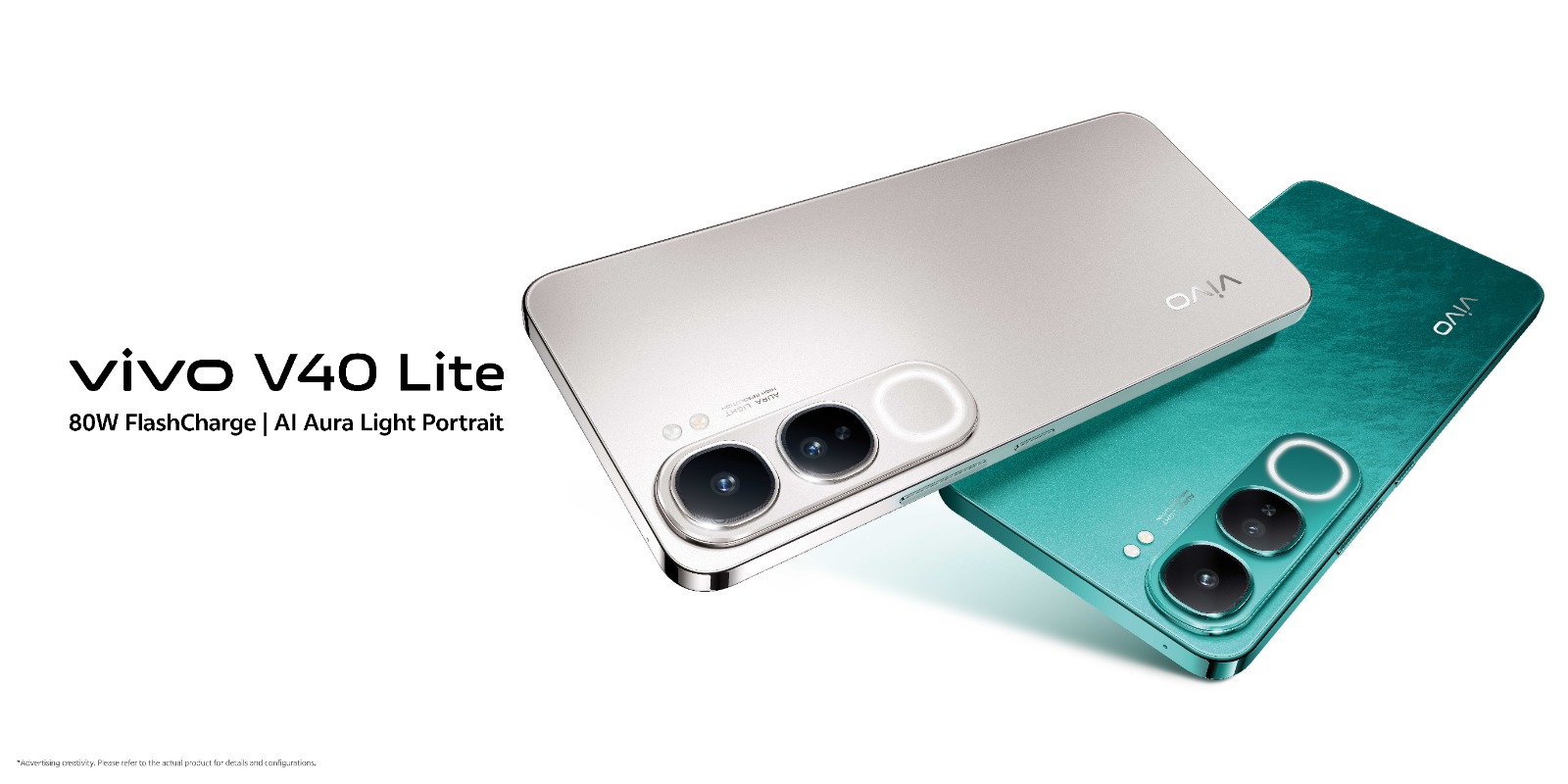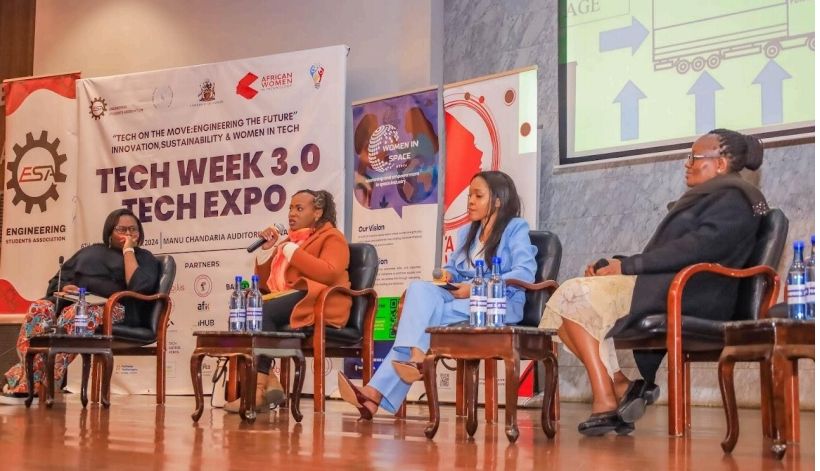Gen Z: The Catalysts of Change In Fashion

- Technology, specifically social media, has helped with the resurgence of vintage clothing and second-hand shopping
- What we save in money when buying cheap clothes is paid for by the planet.
By Mukesh Bector
Every generation has a defining moment. The Silent Generation had WWII. Baby Boomers had the moon landing. Millennials had the global financial crisis. But Generation Z’s (Gen Z) defining moment has been heating up – climate change.
Known as the “disruptive generation”, those born between 1997 and 2012 were raised on the internet, where content and information are freely accessible and increasingly shared on social channels. But more importantly, they’re a generation that cares deeply about sustainability.
Brands all want to connect with this younger generation, too. None more so than fast fashion. It’s an industry that relies on social media, trends and a sense of urgency with limited edition lines designed to drive sales. However, this has led to a vicious cycle of overproduction and overconsumption. In fact, it’s become one of the most polluting industries, generating more clothing waste per day than can fit inside the Empire State Building.
It’s a big problem. What we save in money when buying cheap clothes is paid for by the planet. And these fashion brands are failing to connect with the largest generation on Earth because of it. Gen Zers practise what they preach, with more than 50% making purchases exclusively from brands that reflect what they care about – sustainability – and “cancelling” those that don’t.
Putting the Change Into Gear
With Gen Zers reaching both the age and income levels where they can apply their environmentally-conscious values and beliefs to their wardrobes, cheap is no longer chic. It’s a generation that knows fast fashion may be quick and affordable, but only 34% view these brands in a positive light.
More than any other generation, they’re aware of the other costs that come with it. And these digital natives are taking advantage of the tools they grew up on, using technology to voice their opinions and influencing others to feel the same way about sustainability.
Speaking up against social and environmental injustices, Gen Zers are pushing for a more sustainable fashion industry via social media. Through these channels, they’re exposing “greenwashing”, fully aware that approximately 40% of environmental claims made by brands could be misleading. And if brands are not being authentic, Gen Z will be the first to call them out.
This head-to-head battle has seen a decline in profits since the tail end of 2022 for fast fashion , with brands that use green language inappropriately coming under scrutiny. In fact, some are eschewing the sustainability label altogether to avoid kickbacks.
Today, brands are facing mounting pressure to abandon hollow “sustainable” labels and instead respond to the genuine change that is required. While Gen Z serves as a powerful catalyst, technology acts as the spark that ignites this transformation.
Driving It Forward with Technology
Technology, specifically social media, has helped with the resurgence of vintage clothing and second-hand shopping, with hashtags like “#thrifttok” garnering millions of views every day. It’s being embraced by younger generations, giving birth to resale apps like ThredUp, Vinted and Depop.
Stocked with pre-owned goods that are cheaper and more environmentally-friendly, they offer a simple way to find sustainable alternatives to fast fashion. Some brands are even beginning to move into the resale market. With over 30 million people signed up on Depop alone, where 90% of those are below the age of 26, these resale apps have empowered Gen Z to reshape the fashion landscape, demonstrating that sustainable fashion can be both stylish and profitable.
But This Change Doesn’t Stop at Resale Apps.
Fashion brands like Zara are now using carbon recycling technology to create clothing lines made from recycled CO2 and captured carbon emissions. In fact, technology is being used in all sorts of innovative ways, such as creating printing alternatives that can minimise water usage, waste and energy consumption.
Take Epson’s pioneering dry fibre technology as an example. Rather than recycling waste to use again in its original form, it creates new materials instead. Whilst the technology is already used commercially to recycle paper, it has been adapted to produce new non-woven re-fiberised fabric from used and discarded garments. In combining fashion, dry fibre technology and digital textile printing, it is helping to reduce the environmental impact and the overproduction issues plaguing the fashion industry.
READ ALSO: Nairobi, Mombasa top The Country in E-Commerce
Furthermore, brands are looking into their supply chains to see where improvements can be made, especially where packaging is concerned. In total, packaging accounts for 40% of plastic waste, where only 9% of that is recycled. Aware of the influence Gen Z has, Nike recently introduced the “Nike One Box” concept, eliminating the need for an outer box when shipping shoes. This reduced packaging waste by 51% for single online orders.
From turning plastic bottles into polyester fibres to transforming post-consumer textiles into new garments, these technologies offer promising solutions to textile waste. By embracing new solutions and processes, these fashion brands can make a difference, both in terms of supporting the planet and improving their reputation – especially when around 62% of Gen Zers are willing to pay more for ethically produced goods.
Redefining Fashion
Amidst their defining moment, Gen Z is casting a spotlight on the fast fashion industry. By holding brands accountable, they’re pushing for change to create a future where fashion is both stylish and sustainable.
Yet, if fast fashion is to win over Gen Zers, it’s time for the industry to stop and listen. There’s still a long journey ahead. And to reach a sustainable future, brands must adopt new technologies and move away from a linear, wasteful, profit-driven model to a more sustainable and transparent circular economy where resources are reused and repurposed.
Brands must come to the realisation that this generation is unwavering in its fight against environmental injustices. What may have started as a passing trend has transformed into a formidable global movement, dedicated to curbing the environmental impact of entire industries to create a more sustainable future.
The author is Epson Regional Head, East and West Africa.






